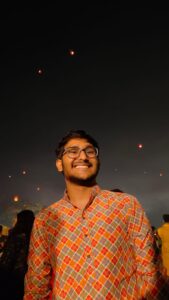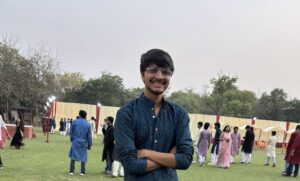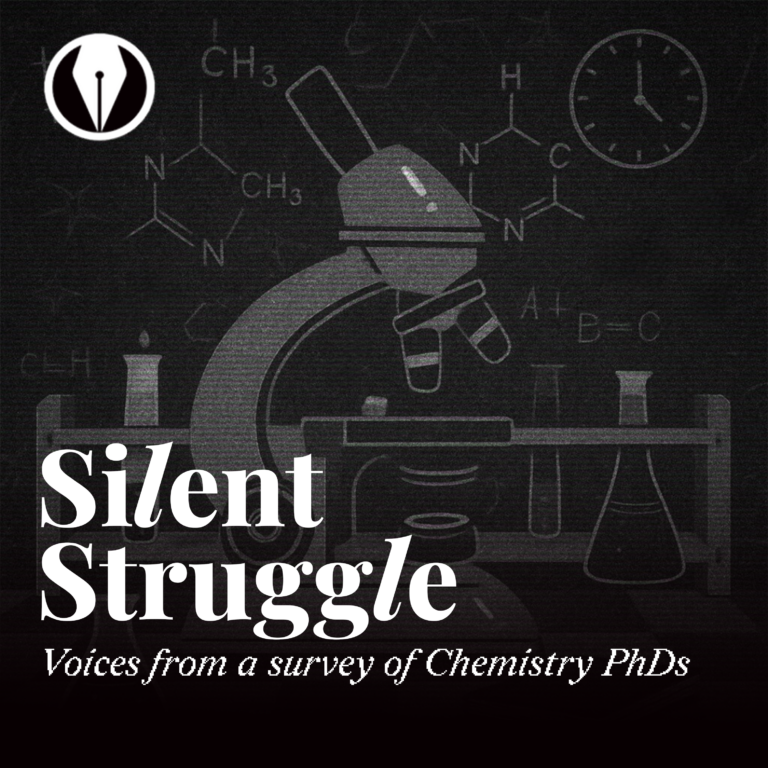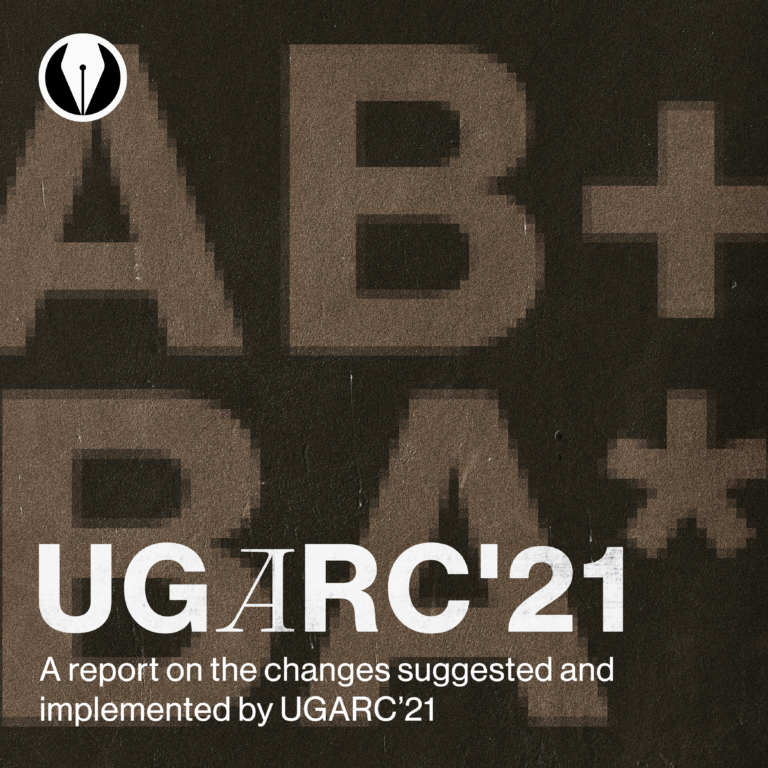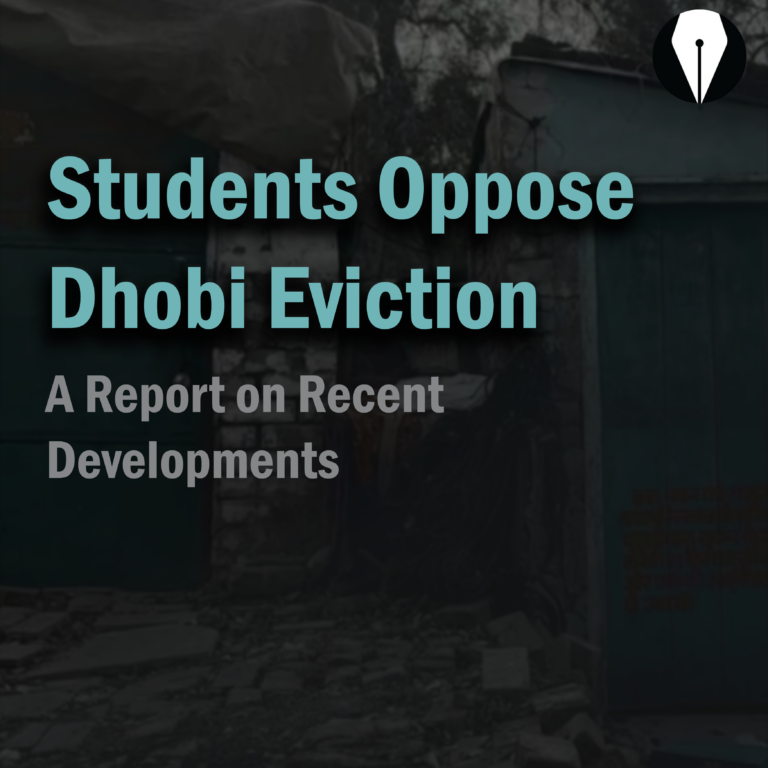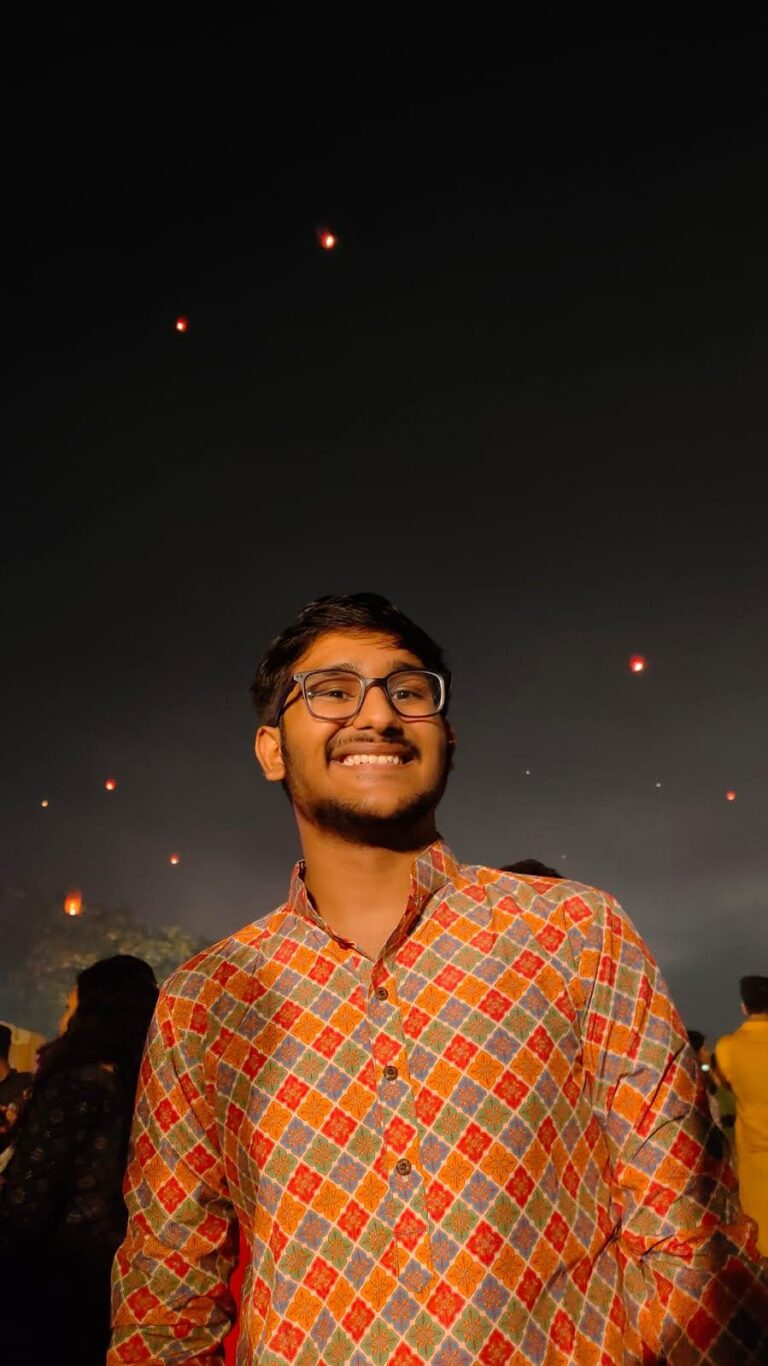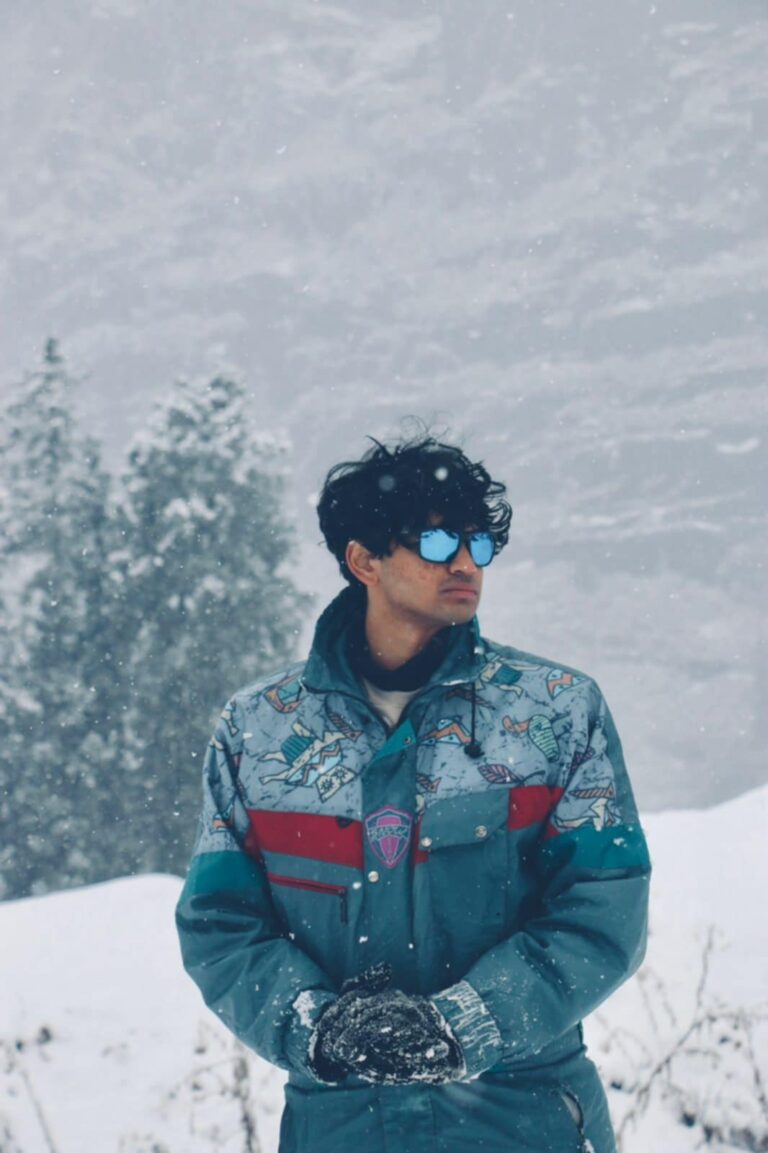An IITian who has worked for over four decades on issues of poverty, land and water, secure settlements, workplace safety, environmental planning, grassroots leadership training, and pollution control in both rural and urban communities. He has been a mentor to several generations of IITians – prodding them like Socrates to question the mainstream parameters of success to question the “should” and live a more “examined” life.
“I pity those who graduate from IIT’s just to sell soap in the US,” he says caustically. According to him, Indian technical education is geared to meet global demands. The courses taught in IIT’s today serve the US more than our own country. Earlier it was not the case when a more integrated approach was followed and humanities, ethics, history of technology, and logic were also taught giving their due importance. But today the education is producing unreal, disconnected technologists. He urges the young students to ask questions, and not just be receivers of “wisdom”, and to “learn the laws of motion of society and not just the laws of motion of science.” There is so much that is needed to be done in India.
The slightly frayed jeans and long silver hair tied into a ponytail give him the appearance of an aging beatnik, but unlike other aging beatniks, there’s still a spring in his step and an edgy excitement in his voice. In a 90-minute talk addressing a crowd of nearly a thousand IITians and other college students during the annual Techfest at IIT Bombay, he provokes his audience by calling them “big fools” who know nothing about India and its people. The IITians are victims of the politics of education and science. He goes on to say that environmental dynamics aren’t understood by engineers who seem to specialize in solving one problem to create another one, thereby creating a “sustainability for the engineering profession—and not for the people.”
No, it wasn’t a frustrated or failed aspirant but a former IITian, Anubrotto Kumar Roy popularly known as Dunu Roy who uttered these words. Dunu obtained a B.Tech in 1967 and an M.Tech in 1969 in Chemical Engineering from IIT Bombay. As a friend and a former mentee put it, “Dunu Roy is a chemical engineer by training, social scientist by compulsion, and a political ecologist by choice.” He has worked for over four decades on issues of poverty, land and water, secure settlements, safe work, environmental planning, grassroots leadership training, and pollution control in both rural and urban communities. And now he is trying to educate people about the Hazards of urban development and renewal.
Beginnings
Dunu grew up in Dehradun where his father S C Roy taught at the famous Doon School. During the Second World War Maria Montessori was stranded in India for several years. Latika Roy – Dunu’s mother was trained by Maria Montessori herself at Kodaikanal and for many years ran the first Montessori school in Dehradun. Dunu and his two elder brothers were also educated at both the Montessori and Doon School. In school Dunu won numerous all India awards in both English and Hindi elocution as well as in sports and theatre.
Latika Roy wanted one of her sons to become a medical doctor. This mantle fell on Dunu and he got into several medical colleges including the prestigious All India Institute of Medical Sciences and the Christian Medical College, Vellore. After cracking these tough exams Dunu rebelled and made up his mind to become an engineer. Next year he got into IIT Delhi where he had a severe attack of jaundice and had to return home and lost another year. Next year he was offered re-admission into IIT Delhi but again sat for the exams to get into IIT Bombay from where he completed his BTech (Chemical in 1967) and MTech in1969.
Why Would Anyone Want to Work for a Company?
In the mid-sixties there was a massive earthquake in Koyna, Maharashtra. Socially conscious students wanted to do their little bit. As a student volunteer Dunu participated in building earthquake proof structures in Koyna. This motivated them to try extending the Green revolution technology that had just been invented. As enthusiastic engineering students they went to a village near Pune to teach the unsuspecting villagers about the benefits of hybrid seeds and chemical fertilizers. However, the villagers evinced no interest and remained skeptical because as practicing farmers they knew much more than what the students could teach them. But the students still wanted to help the villagers. In the morning they had seen many villagers squatting on the roadside and the women carrying their brass lotas. What the village evidently needed was a sanitary facility. Full of enthusiasm, the students once again fetched bricks, asbestos sheets, and a ceramic pot and constructed a toilet. They were proud of their social work.
The next year they wanted to do more “social service” for which they needed some funds. “Get a photograph of the latrine we constructed last year. This will be good testimony of our social work and then people will donate money.” So, someone was dispatched to click a photograph. The photographer returned back saying, “The latrine is not being used for its intended purpose but as a goat shelter.” After the initial outrage, someone suggested that maybe the enthusiastic students had misjudged the needs of the people. This was a great lesson in humility. The urban educated middle class could go totally wrong while assessing the real needs of the people.
“Those were heady days,” he says, talking about the 1970s. “The national dream was fraying; the Congress was, for the first time, being defeated; the wisdom of large-scale projects like the Bhakra dam was being questioned, and the increasing slum population in cities was challenging prevalent notions of development.” People’s movements were challenging the established order. Civil rights movement, anti-Vietnam marches, the environmental and feminist movements were impacting societal consciousness.
The student movement had spread in India, and the IITs weren’t immune. “Unlike today,” says Roy, “a national spirit and feeling of community was alive in the student population.” Students came forward in large numbers to work in rural areas and to revive the aspirations of the freedom movement. There were many heated discussions in the hostel rooms about how the youth could participate.
At this time, many Indian scientists who had made their mark in American Universities had returned to India to work or teach in the IITs. The notables were Prof. G. D. Agarwal (who joined IIT Kanpur and then became Member Secretary, Central Pollution Control Board) and Prof. P. K. Mehta (specialist in Cement technology who briefly worked at a cement plant in Sawaimadhopur) both from the University of California. They set up FREA – Front for Rapid Economic Advancement – an organization for the appropriate development of India. Their goal was to spur growth in small- and medium-sized industry.
The idea to work for FREA appealed to Roy. “After three successive years of monotonous industry placements during summer breaks, I couldn’t imagine why anybody would want to do something like that after IIT,” he explains. The idea of working long office hours for a MNC did not suit Dunu Roy and he gave up his career as a chemical engineer. Instead, he made a two-year commitment to FREA on a meager salary. The initial objective was to set up a strong institution that would provide solid professional assistance to aspiring entrepreneurs. But sometime after he’d started work, the group realized the solution to the problems of small- and medium-sized industries lay not in better technological inputs but in better credit lines and market development. In other words, it would be difficult for them to effect any change on the ground.
The programme then morphed into an effort to teach students about urban and rural development issues. The idea was to expose young minds to the larger reality of India – a reality steeped in poverty and exploitation. At first, IIT students were sent to remote tribal villages to experience the lives of the poor. They would live there for a few days and return back deeply stirred and devastated. The programme soon expanded into other colleges in Bombay and to students in other cities and towns. They would soon realize that people were poor not because they were lazy but because of the systematic exploitation of their resources by the elite. These intense experiences radicalized many young minds. The solutions to poverty were steeply rooted in economics and politics and could only be partially solved by technology or education.
Two years commitment with FREA turned into four. In the four years that he spent with FREA, they spread to 14 locations around the country, working with Gandhian organizations, church institutions, independent groups and more than 400 students were being sent out for short term assignments every year.
During those years, Roy worked all over India. The experience shaped his—and others’—future. “I realized,” he says, “that most developmental activities taking place in India at that time were micro-experiments, limited to either a cluster of villages or a few sectors like education and healthcare.” There was no understanding of the linkages between sectors; and the people who did work in villages, worked only to implement their own ideas of progress and development. “It was a top-down approach,” says Roy. “Nobody was asking the people what they wanted. They were talking to the people, not with the people.”
Knowledge as a Weapon to Bring Change
In the early 1970s the NGO model was heavily critiqued. The NGOs got their money from charitable trusts, the government or relied on foreign funds. They did not have to earn their living like ordinary people. Would people heed to such preachers? In 1975 Dunu, along with like-minded friends, started an experiment in the Shahdol district of Madhya Pradesh, “Kaam aur Kamai” – to do meaningful social work while earning a living within the community. The outcome was the Vidushak Karkhana – a small workshop to repair diesel pump sets and other rural machinery. It was a small commune where people lived and worked together while searching for a meaningful role for themselves.
The Vidushak Karkhanaslowly evolved into the Shahdol Group to carry out focused work on building a development model for the district and its implementation, in conjunction with local people. He was involved in this for 17 years during which he earned his income primarily out of repairing bicycles, pump sets, tractors, and electric motors in the district. Dunu led a highly disciplined life. Getting up at 5 o’clock in the morning he would wash last night’s utensils. Then he would light the “chulha” and cook lunch – rice, lentil and a vegetable. After that he would cook breakfast and make tea. As the tea got ready he would sing loudly to wake his other young colleagues. He would reply to dozens of letters every day, work for several hours in the workshop, and still find time to read books and discuss issues with his colleagues and the students who came to help with the surveys and research work. Discussions with Dunu and his colleagues helped many students to both understand society as well what could be their potential contributions to change.
It is in the Shahdol Group that Dunu and his co-workers got a glimpse of what the future might hold. Their studies showed that knowledge is power; that most conflicts in society were an attempt to control resources – land, minerals etc. They put together a framework that could be used by the people to analyze problems and come up with solutions, developed over almost two decades in the two studies on Environmental Planning and Environmental Education. It was a powerful participatory mechanism and people put it to a variety of uses, not only in Shahdol but also in other parts of India. As described by Roy:
- Villagers in Shahdol always suspected the patwari for incorrect record keeping of their land. But they did not know what to do. We taught them the basics of how to measure land using the jareeb (an iron chain used to measure length) and calculate the area. The next time the patwari came they borrowed our jareeb and laid it alongside the patwari’s jareeb while busily scribbling their own notes in their copy at the same time as the patwari was recording his measurements. Later they came to return the jareeb and show us their copy which was full of meaningless numbers but, as they gleefully explained, this was the first time that the tables had been turned and the patwari did not know what they were doing and so the measurements were done correctly!
- In the mid-80s, villagers from the Palamau district of Bihar wanted to see how the proposed dam on the Auranga river was going to impact on their area? We worked with them on how to measure the flow in the river, the silt load that it carried, and the slope of the land. With that, we said, you will be able to take on the project’s claims of projected irrigation, the life of the dam, and the extent of submergence. Villagers raised funds to purchase the equipment needed for measurement, collected data for a period of three months, and sent it to us for analysis that proved that the benefits from the dam would actually be less than the costs! People of Auranga took the report and propagated it all over the area through posters and leaflets, while the English version was duly sent off to the governments, the media, the courts, and even the World Bank. Till today, the Auranga river remains unbound.
- In the mid-90s, villages and hamlets from the high ranges of Kullu district in Himachal Pradesh were being threatened by the declaration of the Great Himalayan National Park. A government commissioned study by foreign specialists concluded that only by declaring the Park as a protected area could the rare Western Himalayan Tragopan (a ground-dwelling bird) be saved. We suggested to the villagers to conduct their own study and compare their findings with what had been reported by the foreign experts. We explained them what to look for and the manner in which their findings could be documented. A detailed examination of the records collected by villagers – of, for example, the numbers of grazing cattle, the quality of the alpine pastures, the biodiversity of shrubs and grasses, the reproductive cycle of the pheasant birds, and the local extraction of herbs for domestic medicinal use – challenged every one of the findings of the government-sponsored study.
“We learned that people can fight for their survival based on what knowledge they can create. Each one of the reports and studies cited above and numerous others, that we helped produce, indicates that ordinary working people have the capacity to learn, to collect information, to look at it analytically, and eventually use it for bettering their own lives. And that is our goal and that should be the objective of education.”
Unfinished Business
After about 20 years Dunu moved to JNU, New Delhi where his wife Dr. Imrana Qadeer was a Professor at the Center of Social and Preventive Medicine. Imrana comes from an erudite family of scientists and scholars and is a known expert in the field of community medicine. She too left her Registrar-ship at the All India Institute of Medical Sciences to teach at JNU. Their son Ishan studied design at the National Institute of Design (NID) Ahmedabad and is now teaching at the Genesis School in NOIDA. They have a daughter Devi who is currently in school and aspires to be a psychologist (although occasionally she also wants to be a professional assassin!).
In Delhi Dunu did a brief stint with the World Wide Fund for Nature. There, he created a low-cost cell to monitor the effects of pollution on habitat and to build a bridge between the workers in industry (where pollution is created and has the maximum harm) and the farmers in the hinterland (who are officially the impacted people). “They shunted me out after four years, when my work started upsetting the companies that funded them,” he says candidly.
He then set up the Delhi-based Hazards Centre, a research group that “helps communities and organizations to understand and deal with anything that’s dangerous to their survival”. It works with marginalized groups all over India, mainly in urban areas now, helping them face challenges and adapt to changing circumstances. The Centre also gets 20-30 student interns every year from the IITs and other premier institutes. The Centre helps these students to understand how the other half lives, struggles, or dies.
In Gujarat, his small group of researchers assisted communities in making claims under the Tribal Rights Act; in Patna, they provided information to women’s groups in slums to enable them to lay claim to water, sanitation, and other services; in Visakhapatnam, they strengthened squatter groups to obtain proper resettlement from the railways; in Singrauli, they are giving technical expertise to citizens’ groups challenging the environmental degradation by thermal plants; in Hyderabad, they supplied designs for people’s critical analysis of urban renewal projects; in Bhubaneswar, they are helping vendors’ associations to understand the Vendor Act and Policy; in Delhi, they are guiding groups of waste-pickers, rickshaw-pullers, daily workers, and vegetable sellers in conducting studies that will provide them with entitlements under the Master Plan; and in Uttarakhand and Himachal, they are developing critiques of hydro-electric generation projects and their impacts on the local population.
More than anyone else in the country Dunu has been an aspiring mentor to several generations of IITians and students from many professional colleges and institutions – prodding them like Socrates to question the mainstream parameters of success, to challenge the accepted “should”, and conduct a more “examined” life. He has encouraged them to explore how their education can be put to socially meaningful use; how their M Phils and PhDs are more relevant for the people; and how research can have an objective that is greater than the acquisition of degrees and academic positions.
Purpose of Education
“The purpose of education should be to develop the capacity to learn, to collect information, to look at it analytically, and eventually use it for bettering lives. Instead, we have didactic instruction, memorizing by rote, and vomiting out useless information for futile examinations that constitute the fundamentals of what passes for education in our schools and colleges.”
To the outsider, it seems like Dunu has drifted a long way from his engineering days at IIT. “Not at all,” protests Dunu. “The IITs were meant to create solutions to national problems, which is why they were called Institutes of Technology and not Institutes of Engineering and Management, which is what they have become today. I am still very much an engineer, but I link the profession with an understanding of the politics of society and the imperatives of ecology.”
Does he think the film 3 Idiots is indicative of the changing attitude towards engineering? “Yes and no,” he says, after thinking for a moment. Dunu admits that the film raised questions about an engineering education, but believes that the answer it provided was flawed.
“It basically said you could succeed in professions like photography or music despite your engineering degree; but it never answered the real question – how do you make engineering relevant”
==========================
Dunu Roy [IIT Bombay BT/67/MT/69] is Director of Hazards Centre, Delhihttp://www.hazardscentre.com . He received the Distinguished Alumnus Award from IIT Bombay in the years 1975 and 2000. IIT Kanpur in 2008 conferred upon him the Satyendra K. Dubey Memorial award for his outstanding work in rural development and spreading environmental awareness. He continues to work for the causes of environmental protection, domestic workers, contract workers, rag pickers, jhuggi-jhopri walas, potable water, and urban India’s hazardous life. The challenges before him now are manifold and of gigantic magnitude but he is not the one to give up. Even if a part of the work he has undertaken yields results, it will be a big leap forward in service to the community. He can be reached at qadeeroy@gmail.com
[This article was prepared by copying and pasting material from various published sources. Their contribution is gratefully acknowledged.]
